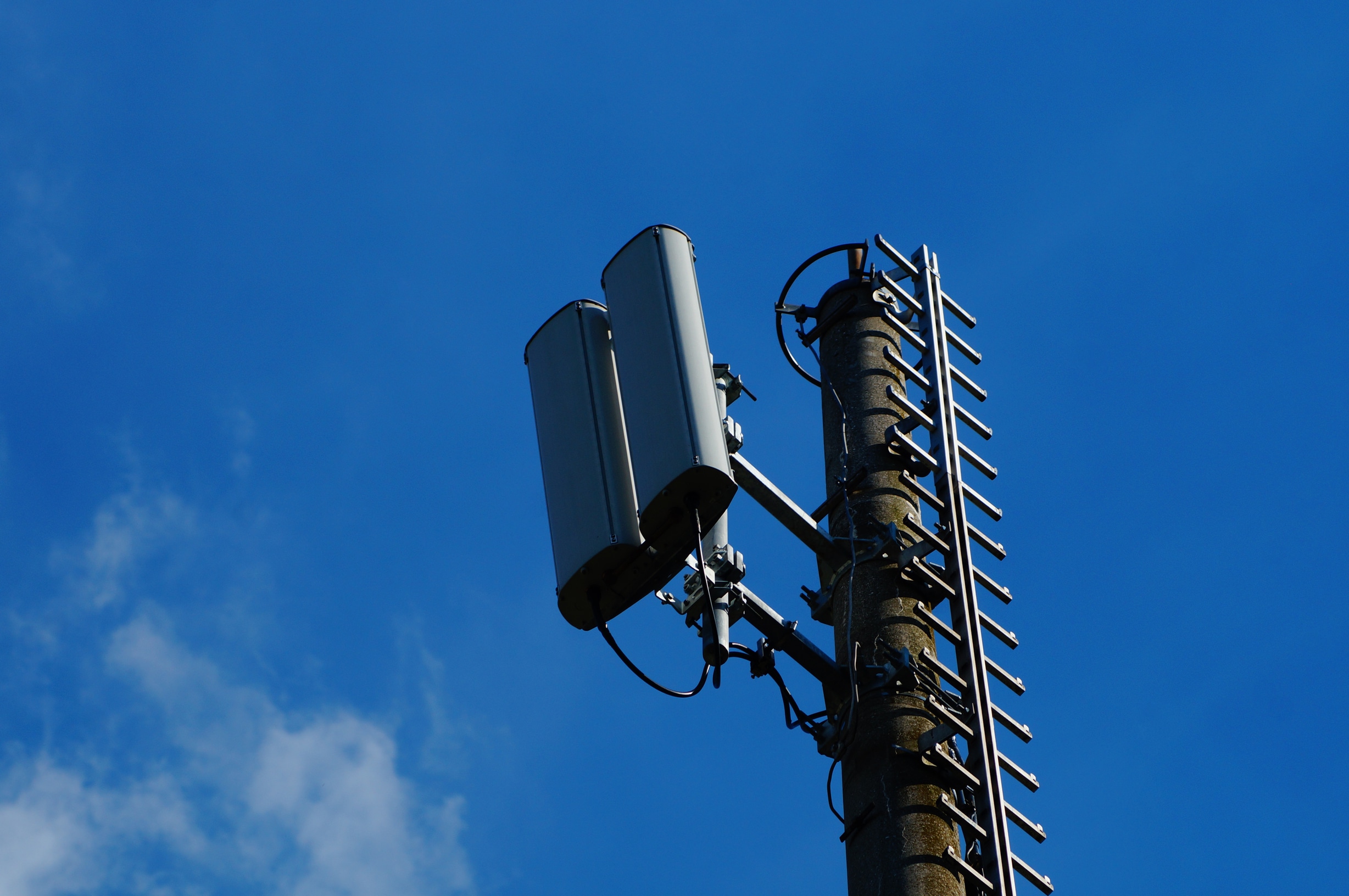In the dynamic world of retail, the way you present your brand and products to your customers can make or break your business. Among the many innovative solutions that have emerged in recent years, one that stands out is interactive digital signage. This technology has revolutionized the way businesses communicate with their customers, creating an engaging, memorable, and personalized experience. But what exactly is interactive digital signage? And how does it enhance the customer experience?
Harnessing Digital Signage for Business Growth
Digital signage is the use of electronic displays, such as LED, LCD, and projection screens, to showcase information, advertisements, and other forms of content. This technology allows businesses to deliver targeted messages at specific locations at specific times. The digital nature of these displays allows for easy content updates and adaptability, making them a versatile tool for businesses of all sizes.
A découvrir également : How Can Smart Diapers Monitor Infant Health and Provide Parenting Insights?
Interactive digital signage takes this a step further by allowing customers to interact with the displays. This real-time interaction can involve anything from touch screens and gesture recognition to QR code scanners and mobile device integration. With this advanced technology, customers can engage with the content, creating a more immersive and memorable experience. The interactive element turns passive viewers into active participants, making them more likely to remember your brand and products.
Boosting Customer Engagement through Interactive Displays
Interactive displays play a crucial role in boosting customer engagement. They do more than just catch the eye; they invite customers to touch, swipe, pinch, and play. This direct interaction stimulates the senses, creating a deeper connection between the customer and the brand.
A lire aussi : Can Telepresence Robots Enhance Remote Collaboration for UK Businesses?
Interactive displays can be used in various ways to enhance customer experience. For instance, they can serve as interactive catalogs, allowing customers to browse products in an engaging and intuitive way. They can also be used for gamification, turning shopping into a fun and exciting experience. Additionally, interactive displays can provide valuable content, such as product information, customer reviews, and how-to guides.
By providing relevant and engaging content, you can make your customers’ shopping experience more enjoyable and rewarding, increasing their satisfaction and loyalty to your brand.
Personalizing the Customer Experience with Digital Signage
In the era of personalization, customers expect businesses to understand and cater to their unique needs and preferences. Interactive digital signage enables you to do just that by delivering personalized content to your customers.
By integrating digital signage software with customer data, you can display personalized messages, offers, and product recommendations based on the customer’s past purchases, browsing history, and preferences. For instance, if a customer has been searching for a certain product on your store’s website, you can display related products or special offers on your in-store digital signage when they visit your physical store.
This level of personalization not only enhances the customer experience but also drives sales by making your marketing efforts more targeted and effective.
Improving Operational Efficiency with Digital Signage Software
Another major benefit of interactive digital signage is its ability to improve operational efficiency. With digital signage software, you can manage and update your content from anywhere at any time, eliminating the need for manual signage updates. Plus, with advanced analytics capabilities, you can track and analyze customer interactions with your displays to gain valuable insights into customer behavior and preferences.
These insights can help you make data-driven decisions to optimize your content, product positioning, and overall marketing strategy. For instance, if you notice that a certain product display is consistently generating more interactions than others, you may decide to feature that product more prominently or apply the same design elements to other displays.
Furthermore, digital signage can also streamline other aspects of your operations. For example, it can be used for queue management, reducing wait times and improving customer satisfaction. It can also be used for employee communication, keeping your staff informed and engaged.
Enhancing the In-Store Experience with Digital Signage
Finally, interactive digital signage plays a vital role in enhancing the overall in-store experience. It can be used to create an inviting and dynamic store environment that captures the essence of your brand.
For instance, you can use digital signage to showcase stunning visuals, play engaging videos, or even create immersive, multi-sensory experiences with sound, light, and motion. This can turn your store into a destination, a place where customers want to spend time and explore.
Moreover, digital signage can also help guide customers through your store, making their shopping journey smoother and more enjoyable. For example, you can use interactive maps and directories to help customers find their way around. You can also use digital signage to highlight promotions, events, or new arrivals, keeping customers informed and excited about what your store has to offer.
In conclusion, interactive digital signage is a powerful tool that can enhance the customer experience in many ways. From boosting customer engagement to personalizing the customer experience, improving operational efficiency, and enhancing the in-store experience, digital signage holds immense potential for businesses looking to thrive in the digital age.
Empowering Retailers with Signage Content Management
For a business to truly leverage the power of interactive digital signage, an effective content management strategy is necessary. Signage content management involves the creation, organization, and scheduling of digital content to be displayed on your digital screens. This process is made easier with the help of digital signage software, which allows for real-time updates and modifications of content displayed on the digital signs.
The beauty of digital signage content management is the ability to tailor the content to meet the specific needs of the target audience. For instance, a retail store can showcase flash sales or a limited-time offer to increase urgency and enhance customer engagement. Additionally, integrating social media feeds into the signage content can transform it into a dynamic platform that reflects the brand’s current activities and promotions.
However, it’s crucial to remember that content quality is as important as the display technology itself. High-quality, relevant content can capture customers’ attention, trigger emotional responses, and influence their purchasing decisions. This involves creative content creation, including compelling visuals, engaging narratives, and clear calls-to-action.
The flexibility and control provided by digital signage software make it possible to respond quickly to market trends or changes in customer behavior. For instance, if a particular product is trending on social media, businesses can instantly promote that product on their digital screens to capitalize on its popularity. This real-time adaptability is what makes interactive digital signage a powerful tool in the contemporary retail landscape.
The Future of Signage Solutions: Integrating AI and IoT
As we look towards the future, the potential for enhancements in digital signage retail is enormous. The integration of advanced technologies such as Artificial Intelligence (AI) and the Internet of Things (IoT) with digital signs is set to revolutionize the shopping experience further.
AI can help improve the personalization aspect of digital signage. It can analyze customer behavior patterns, purchasing history, and real-time interactions to deliver highly personalized content. For instance, AI can identify a repeat customer and display personalized greetings or exclusive offers, thereby further enhancing the customer experience.
Meanwhile, IoT devices can collect real-time data from the environment, such as footfall, weather, or time of day, and adjust the signage content accordingly. For instance, on a hot day, a clothing store’s digital signs could promote summer wear or cooling drinks, making the content highly relevant and timely for the customers.
Moreover, these technologies also open up the possibility of integrating digital signage with other store systems for a seamless shopping experience. For example, customers could add products they see on the digital displays to a virtual shopping cart on their smartphones, facilitating effortless and enjoyable shopping.
In conclusion, interactive digital signage is a game-changer in the retail sector. It not only enhances the customer experience but also provides businesses with a versatile and powerful tool to communicate with their customers. As technology continues to evolve, we can expect the role of digital signage in retail to become even more significant, providing exciting opportunities for businesses to connect with their customers in innovative and engaging ways.











